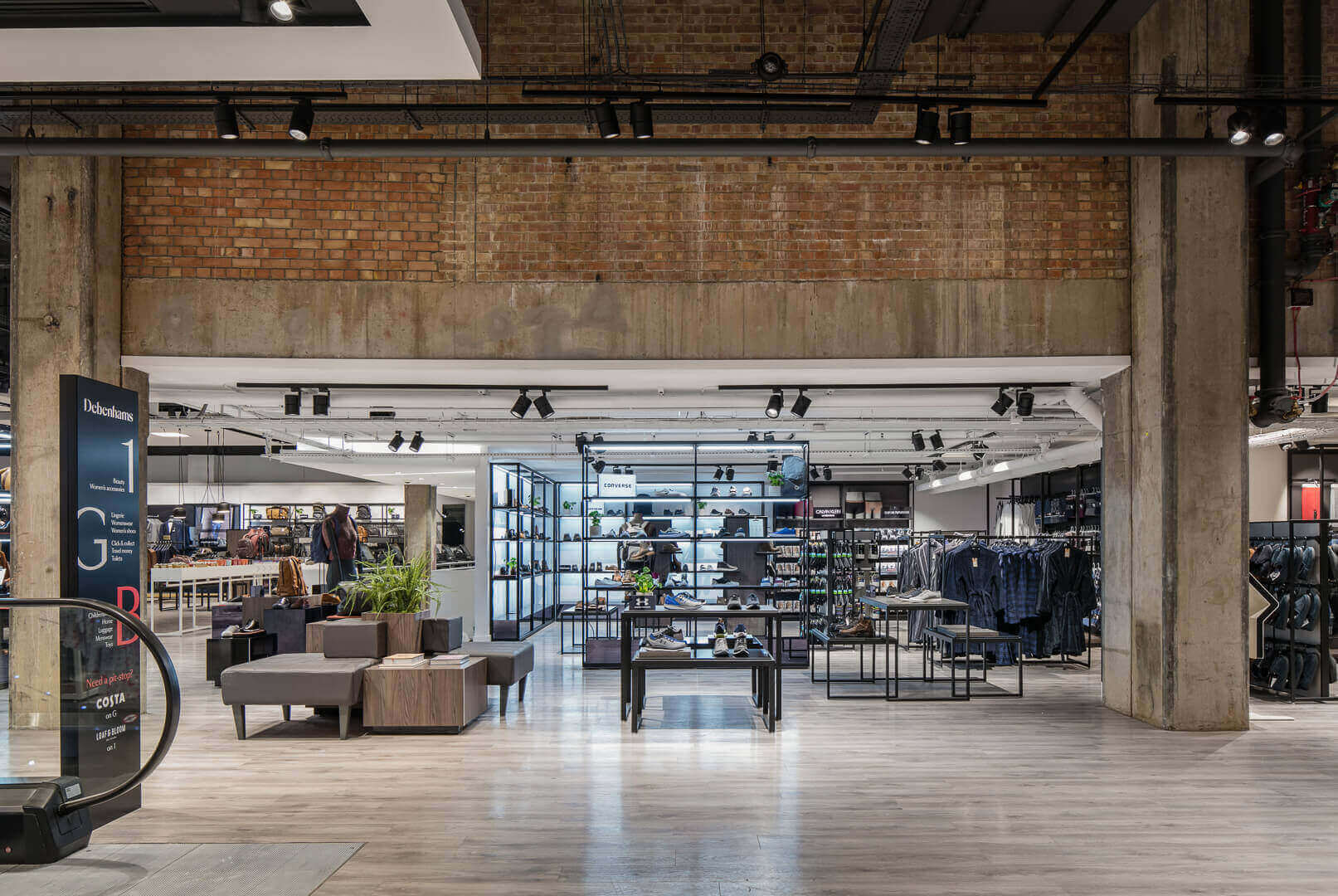In today’s rapidly evolving retail landscape, numerous store proprietors are facing the challenging truth of failed retail locations. As customer preferences shift and competition intensifies, the need for a new and inviting store environment has become increasingly crucial. This is the point at which retail refurbishment comes into play, acting as an important strategy to breathe new life into stagnating businesses. By redesigning the layout, design, and complete experience of a retail space, managers can both revitalize their brand but also boost sales and customer engagement.

What exactly is retail refurbishment, and for what reason should all store consider it? continue reading this lies in the benefits that a considerate refurbishment can bring. From enhancing the visual appeal of a store to adopting eco-friendly practices that appeal with environmentally conscious shoppers, refurbishment is about beyond aesthetics. It is an opportunity to create a lively and engaging brand experience that aligns with current industry trends and consumer beliefs. As we delve deeper into the world of retail refurbishment, we will explore the essential components that can transform a struggling retail space into a successful hub of activity and success.
The Importance of Retail Refurbishment
Commercial upgrades is critical in the current dynamic market, as it significantly impacts a brand's ability to adjust and succeed. A thoughtfully designed refurbishment can transform a store, changing it into a dynamic and attractive space that attracts customers. With the rapid changes in customer desires and shopping habits, stagnation can lead to declining foot traffic and sales. Therefore, putting resources in refurbishment is important for keeping up in the retail landscape.
Moreover, refurbishment is not solely about looks; it also encompasses the overall customer experience. An updated store layout can enhance the shopping journey, leading to increased engagement and satisfaction. By aligning with contemporary design trends and using smart technology, retailers can create captivating experiences that appeal with their clientele. This aligns the physical retail environment with a brand's identity and values, fostering loyalty and promoting repeat visits.
Ultimately, retail refurbishment serves as an opportunity to incorporate sustainability and eco-friendly practices. Consumers are increasingly drawn to brands that demonstrate a focus to environmental responsibility. By utilizing sustainable materials and eco-friendly solutions into the refurbishment process, retailers can minimize their environmental impact while also appealing to the expanding demographic of environmentally conscious shoppers. Ultimately, refurbishment is an commitment in the longevity of a retail business, ensuring its survival and success.
Planning Your Retail Renovation
The initial step in preparing for your commercial refurbishment is to establish clear goals and objectives. Consider what you want to achieve with the refurbishment, whether it’s increasing sales, improving customer experience, or designing a more streamlined layout. Working with your team for their insights can provide essential perspectives on what changes may be effective. Gathering feedback from customers, through questionnaires or unstructured conversations, can also influence your decisions and ensure that the refurbishment corresponds with their expectations.
Once your goals are defined, it’s important to create a detailed plan that includes a timeline and budget. Sketch out the phases of the refurbishment project, from planning conception to execution. Keep in mind that a well-thought-out timeline can reduce disruptions to your operations. Your budget should account for materials, labor, and any surprise costs. Finding areas where you may save money, like selecting sustainable materials or repurposing existing fixtures, can help maximize your investment.
Ultimately, successful management of the refurbishment project is crucial. Appoint a project manager or a team responsible for managing the process, ensuring that work stays on track and within budget. Consistent communication with contractors and team members will keep everyone on the same page and enthusiastic. Be prepared for surprise challenges and maintain flexibility in your approach. This proactive management will not only help in achieving your refurbishment goals but also in developing a space that reflects with your brand and customers.
Elevating Customer Satisfaction Through Design
Store renovation presents a distinct opportunity to enhance client engagement by utilizing thoughtful design. As a retail space goes through refurbishment, all elements of its environment can be reconsidered, from configuration to illumination and color palettes. By emphasizing an user-friendly design, companies can encourage easier client movement and involvement within the space, making the shopping experience more satisfying and efficient. This enhanced flow can lead to increased stays and increased purchases, as shoppers feel more relaxed navigating the environment.
Illumination plays a key part in layout, substantially affecting the environment of a store space. Strategic use of lighting can highlight items, create an inviting environment, and inspire specific moods that align with the retailer's values. For example, softer, soothing illumination can make a retail space feel more inviting, while brighter lights might invigorate and motivate customers to discover. Carefully planned illumination not only enhances visibility but also enhances the entire purchase journey, ensuring clients feel both at ease and energized.
A thoughtful strategy to color palettes and spatial design can further integrate retail spaces with brand identity, boosting consumer connection. Colors evoke responses and can affect shopping decisions, so choosing the right palette is crucial. Additionally, including distinct design elements and styling that represent the brand's essence invites new clients and fosters an engaging experience. By emphasizing these aesthetic details during renovation, businesses can create a lasting shopping experience that gives enduring effects and encourages return visits.
